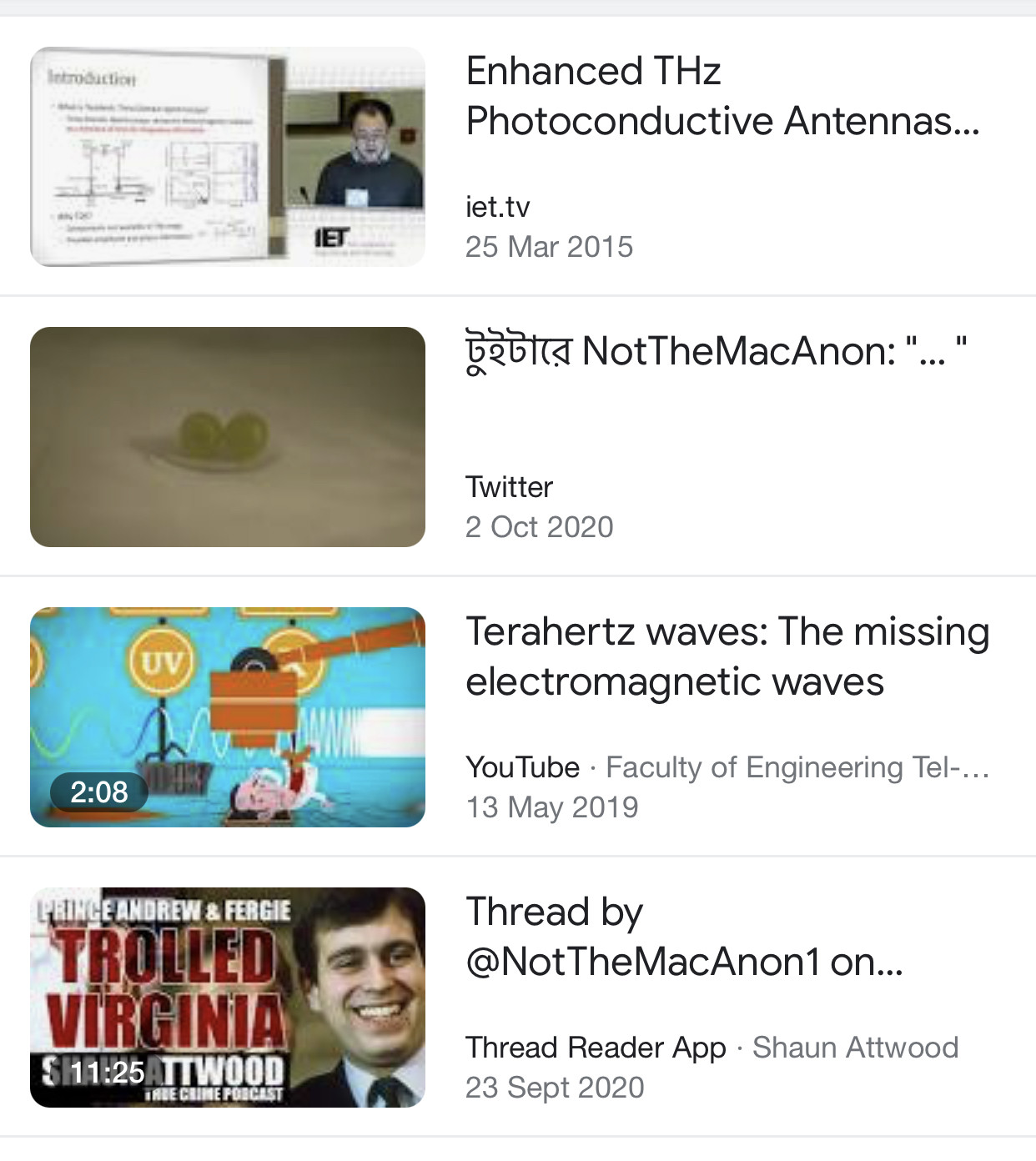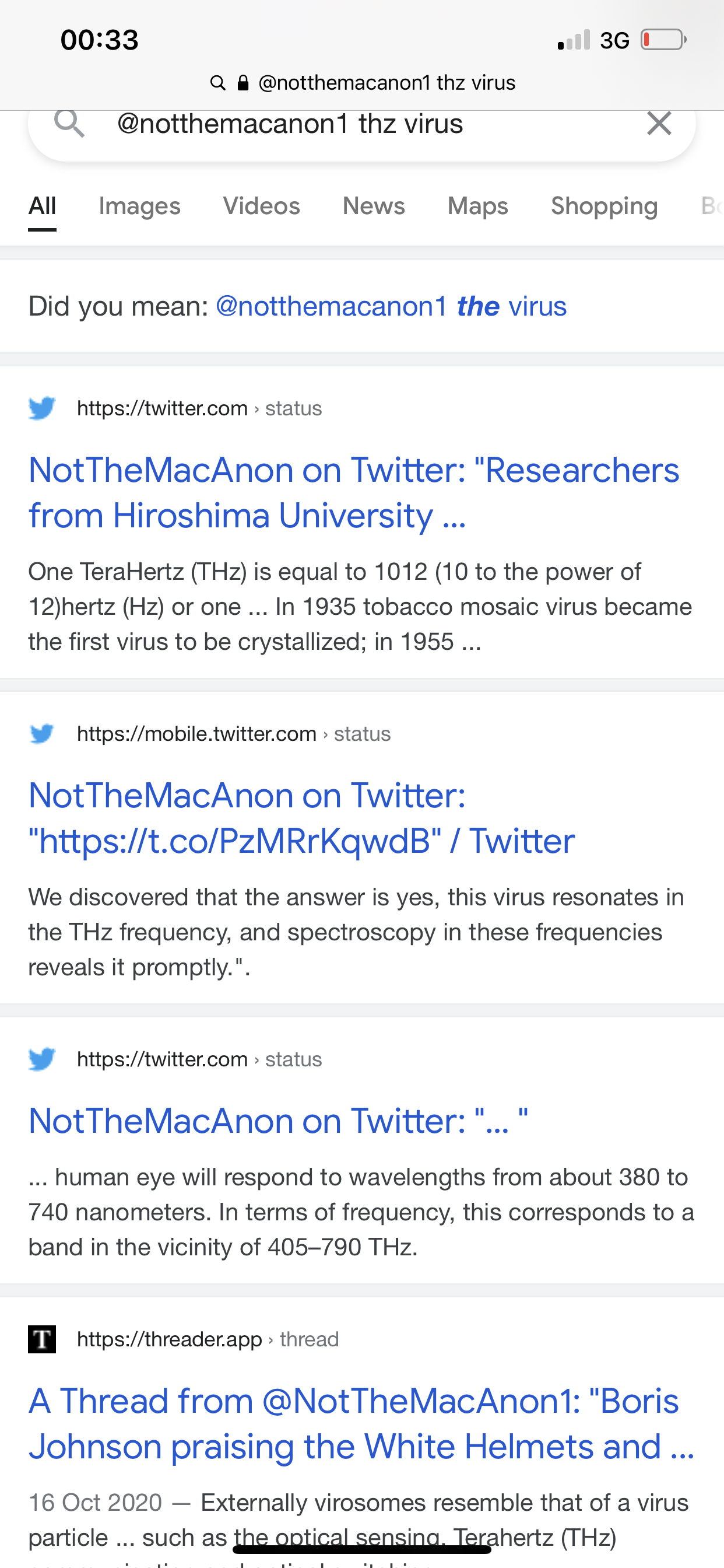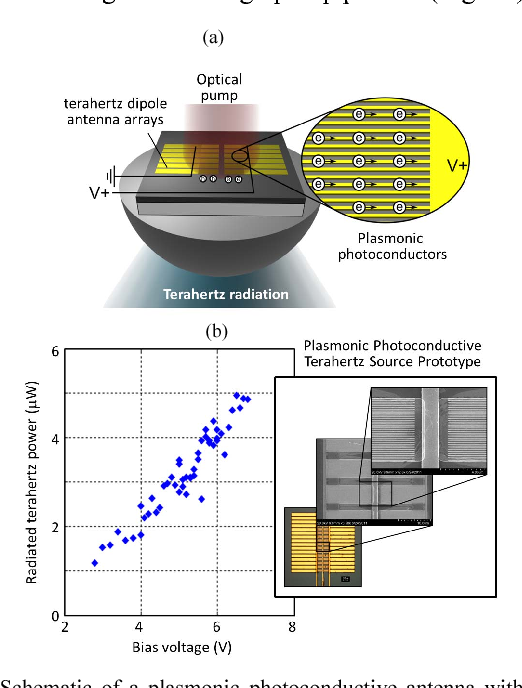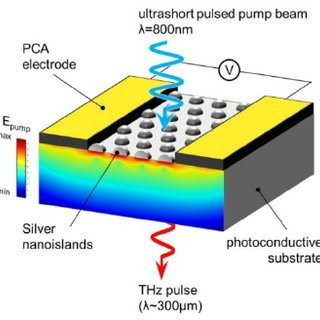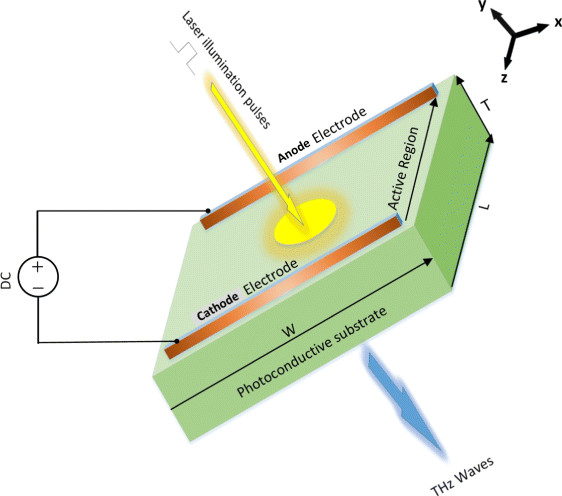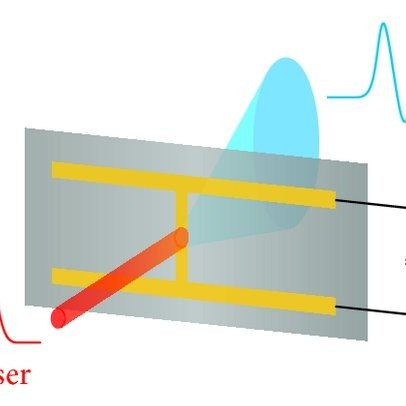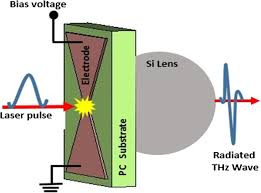"Genetically engineered M13 bacteriophage viruses allow preparation of quantum dot biocomposite structures."
Recently retired, no longer affiliated with any party. Constitutional patriot listening for God’s word
Hey Mac, the chemtrails have neen a precursor to the virus and vax,IMHO. So in your engineering think tank, do you think there’s a cure chemtrail coming?? may be a dumb question, but the dumbest one is the one never asked
Simple chemical weapons were used sporadically throughout antiquity and into the Industrial age.[4] It was not until the 19th century that the modern conception of chemical warfare emerged, as various scientists and nations proposed the use of asphyxiating or poisonous gasses.
Nerve agents, sometimes also called nerve gases, are a class of organic chemicals that disrupt the mechanisms by which nerves transfer messages to organs. The disruption is caused by the blocking of acetylcholinesterase (AChE), an enzyme that catalyzes the breakdown of acetylcholine, a neurotransmitter. Nerve agents are acetylcholinesterase inhibitors used as poison.
Some nerve agents are readily vaporized or aerosolized, and the primary portal of entry into the body is the respiratory system.
An aerosol is a suspension of fine solid particles or liquid droplets in air or another gas.[1] Aerosols can be natural or anthropogenic. Examples of natural aerosols are fog or mist, dust, forest exudates and geyser steam. Examples of anthropogenic aerosols are particulate air pollutants and smoke.[1] The liquid or solid particles have diameters typically less than 1 μm; larger particles with a significant settling speed make the mixture a suspension, but the distinction is not clear-cut. In general conversation, aerosol usually refers to an aerosol spray that delivers a consumer product from a can or similar container. Other technological applications of aerosols include dispersal of pesticides, medical treatment of respiratory illnesses, and combustion technology.[2] Diseases can also spread by means of small droplets in the breath, also called aerosols (or sometimes bioaerosols).[3]
Bioaerosols can transmit microbial pathogens, endotoxins, and allergens to which humans are sensitive. A well-known case was the meningococcal meningitis outbreak in sub-Saharan Africa, which was linked to dust storms during dry seasons. Other outbreaks linked to dust events including Mycoplasma pneumonia and tuberculosis.[2]
Most people who get COVID-19 have mild or moderate symptoms like coughing, a fever, and shortness of breath. But some who catch the new coronavirus get severe pneumonia in both lungs. COVID-19 pneumonia is a serious illness that can be deadly.
This study proposes a new-fashioned plasmonic photoconductive antenna (PCA) with high optical-to-terahertz (THz) conversion efficiency. Finite element method was used to investigate and optimize the interaction of 800 nm femtosecond laser with the designed nanodisk array in the antenna’s gap using its geometrical parameters. According to the simulation results, our optimized nanoplasmonic structure showed more than 38% enhancement in the absorption efficiency compared to the conventional structure without any nanostructure. Measuring the THz radiation of the fabricated PCAs using a time domain spectroscopy setup exhibited an exceptional 5.6 times higher electric field in 0.1–2.5 THz range compared to a similar PCA but without nanoplasmonic structure.
We propose a terahertz (THz) plasmonic photoconductive antenna (PCA) with a record height of its metal electrodes of h = 100 nm and a high aspect ratio of h/p = 0.5 (p is the period of the plasmonic grating) that can be used as a source is THz pulsed spectroscopic and imaging systems. We experimentally demonstrate that the power of the THz radiation generated by the proposed plasmonic PCA is two orders of magnitude higher than that of an equivalent ordinary PCA without a plasmonic grating. Current–voltage measurements of the thus developed plasmonic PCA under femtosecond laser excitation show that the photocurrent of the PCA increases 15-fold, up to ip ≈ 1.2 mA. To reduce the leakage currents of the PCA, we propose a fabrication technology that is based on the etching of windows in a thin Si3N4 passivation dielectric layer deposited on the photoconductor surface, which makes it possible to reduce the dark current to id ≈ 5 μA.

